| Ligne 13 : | Ligne 13 : | ||
}} | }} | ||
{{Introduction | {{Introduction | ||
| − | |Introduction=<translate>'''The prototype considers SDG 11's call by the United Nations. The project speaks to being self efficient in urban environments by enabling urban living with with the ability and ease of use and use of a 'smart vegetable garden. The idea is for the user to self sustain their families through the use of a compact hybrid hydroponic greenhouse structure which produces high yields, provides nutritious foods and reduces transportation of food produce.'''</translate> | + | |Introduction=<translate>'''The prototype considers SDG 11's call by the United Nations. The project speaks to being self efficient in urban environments by enabling urban living with with the ability and ease of use and use of a 'smart vegetable garden. The idea is for the user to self sustain their families through the use of a compact hybrid hydroponic greenhouse structure which produces high yields, provides nutritious foods and reduces transportation of food produce.''' |
| + | |||
| + | |||
| + | '''The idea in the design was to come up with an energy efficient solution which will enable plants to grow in varied environments. The prototype is a controlled system linked to remote system, envisioned to be accessible via a smart phone application which also includes a community engagement platform.'''</translate> | ||
}} | }} | ||
{{Materials}} | {{Materials}} | ||
{{Tuto Step | {{Tuto Step | ||
|Step_Title=<translate>Linking the LED Lighting</translate> | |Step_Title=<translate>Linking the LED Lighting</translate> | ||
| − | |Step_Content=<translate> | + | |Step_Content=<translate>We used 3 LED lights because we only had 9V batteries. This forced us to have an external power source that could cope with those power needs. To deal with 9V we decided to use a relay as a magnetic switch because the Arduino can only handle 5V and this is where the relay helped us. The Arduino code was written to play on a loop since we didn't have the required modules to communicate with the system.</translate> |
| − | |||
| − | |||
| − | The | ||
|Step_Picture_00=Group-JDS_Group_1a.jpg | |Step_Picture_00=Group-JDS_Group_1a.jpg | ||
|Step_Picture_01=LED_Lighting_connection.jpg | |Step_Picture_01=LED_Lighting_connection.jpg | ||
| Ligne 33 : | Ligne 33 : | ||
{{Tuto Step | {{Tuto Step | ||
|Step_Title=<translate>Creating the Shell Structure</translate> | |Step_Title=<translate>Creating the Shell Structure</translate> | ||
| − | |Step_Content=<translate></translate> | + | |Step_Content=<translate>This is a PVC pipe that has been drilled with holes we were going to use disposable plastic cups but we found some plastic growing cups in the store room and we used those. for this demonstration we are using an ordinary aquarium pump and pipes for the water flow. The bucket is just a normal bucket. |
| + | |||
| + | |||
| + | The dome was made from 25mm PVC electrical wiring pipes. The dome was inspiration for the idea as we saw it at the Centre and realised its potential. the PVC pipes are held together with cable ties, glue and connectors. | ||
| + | |||
| + | |||
| + | The shading is normal garden shade and plastic sheeting can be placed over the structure to create more controlled environments. This will be when you have put the hydroponic system with lighting inside the dome we just wanted to illustrate the look for the final product of the dome.</translate> | ||
|Step_Picture_00=Group-JDS_Group_Dome.jpg | |Step_Picture_00=Group-JDS_Group_Dome.jpg | ||
|Step_Picture_01=Nutridome_I_SDG_11_I_South_Africa_Dome_11.jpg | |Step_Picture_01=Nutridome_I_SDG_11_I_South_Africa_Dome_11.jpg | ||
Version du 13 décembre 2020 à 17:09
Introduction
The prototype considers SDG 11's call by the United Nations. The project speaks to being self efficient in urban environments by enabling urban living with with the ability and ease of use and use of a 'smart vegetable garden. The idea is for the user to self sustain their families through the use of a compact hybrid hydroponic greenhouse structure which produces high yields, provides nutritious foods and reduces transportation of food produce.
Matériaux
Outils
Étape 1 - Linking the LED Lighting
We used 3 LED lights because we only had 9V batteries. This forced us to have an external power source that could cope with those power needs. To deal with 9V we decided to use a relay as a magnetic switch because the Arduino can only handle 5V and this is where the relay helped us. The Arduino code was written to play on a loop since we didn't have the required modules to communicate with the system.
Étape 3 - Creating the Shell Structure
This is a PVC pipe that has been drilled with holes we were going to use disposable plastic cups but we found some plastic growing cups in the store room and we used those. for this demonstration we are using an ordinary aquarium pump and pipes for the water flow. The bucket is just a normal bucket.
The dome was made from 25mm PVC electrical wiring pipes. The dome was inspiration for the idea as we saw it at the Centre and realised its potential. the PVC pipes are held together with cable ties, glue and connectors.
The shading is normal garden shade and plastic sheeting can be placed over the structure to create more controlled environments. This will be when you have put the hydroponic system with lighting inside the dome we just wanted to illustrate the look for the final product of the dome.
Draft
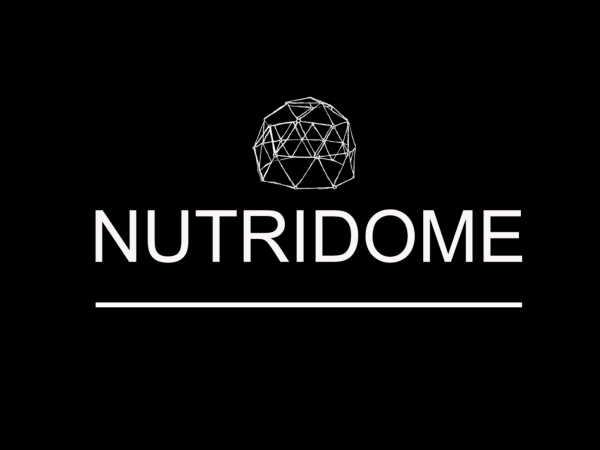
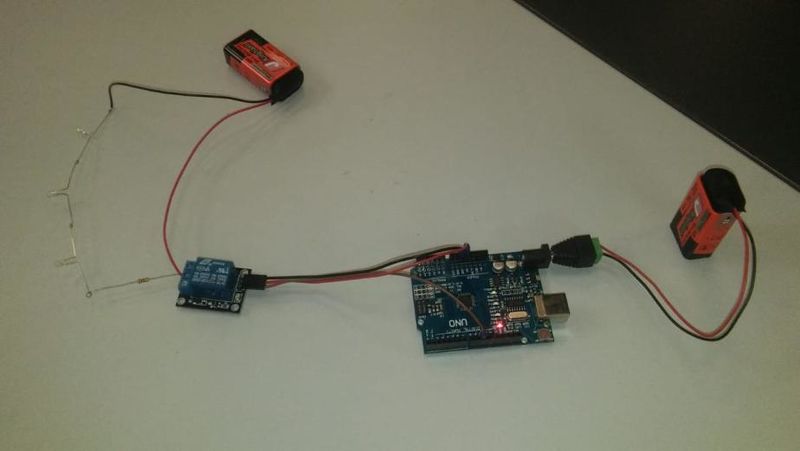
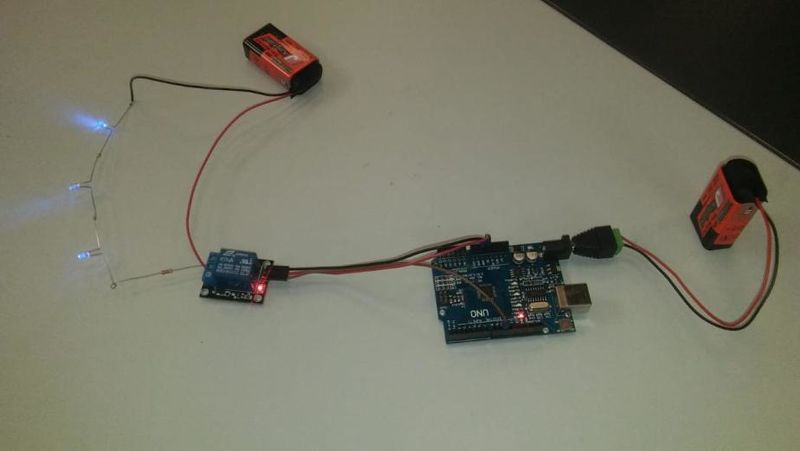
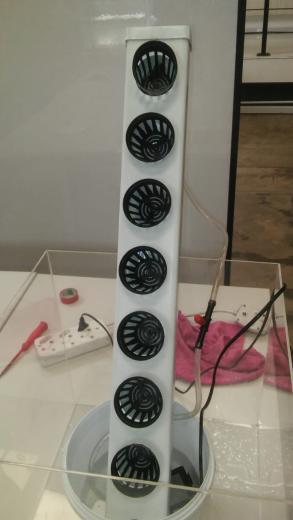
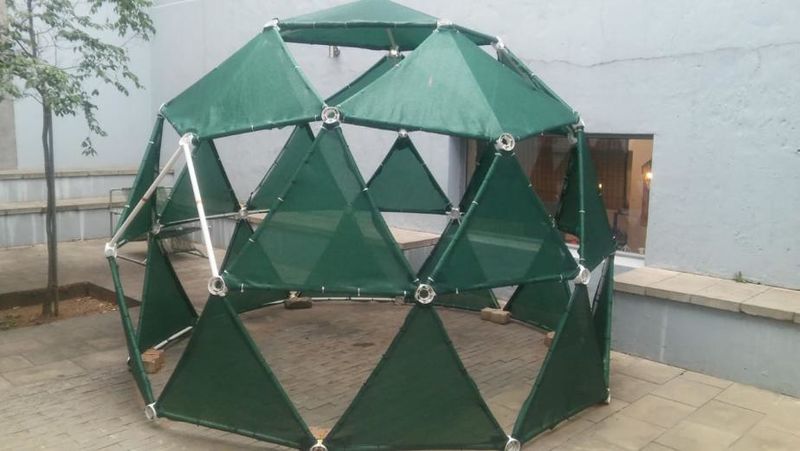
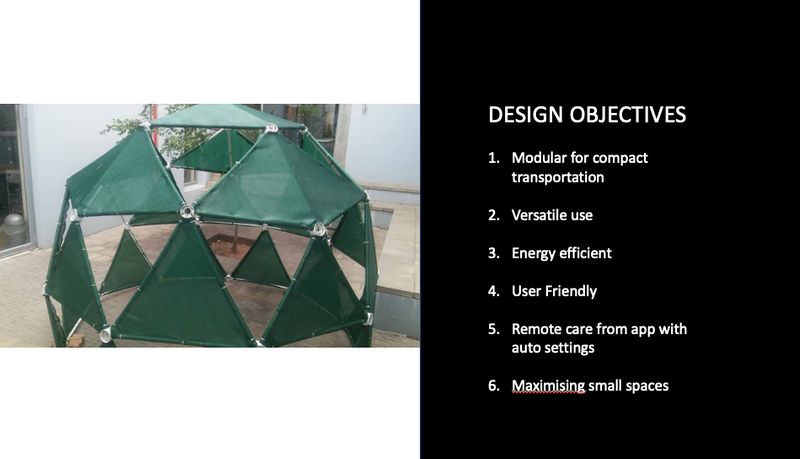
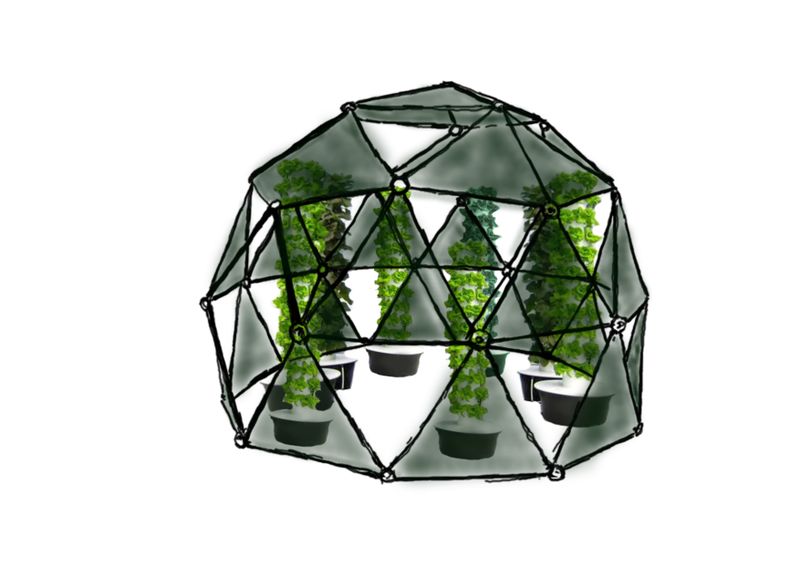
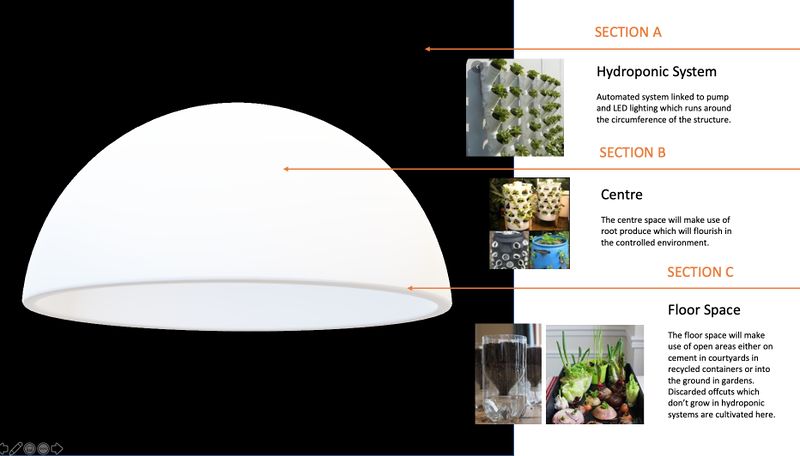
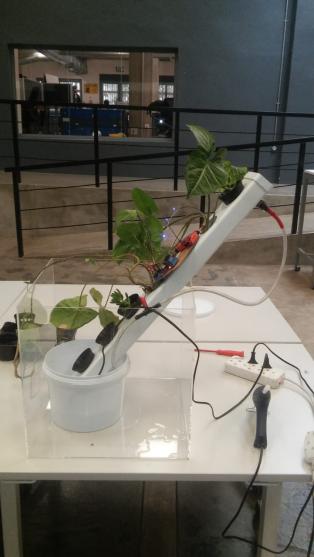
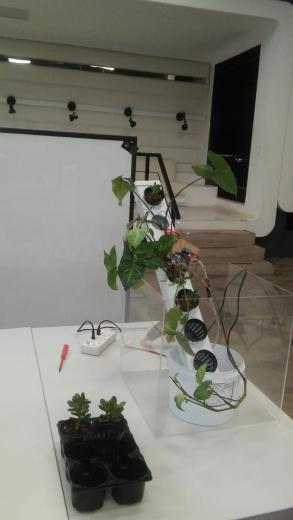
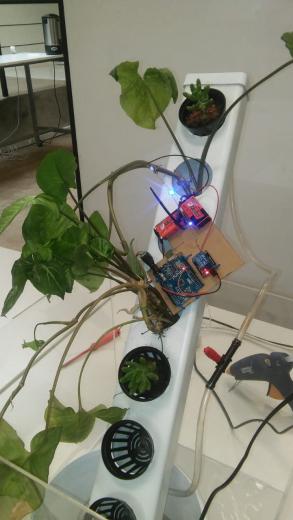
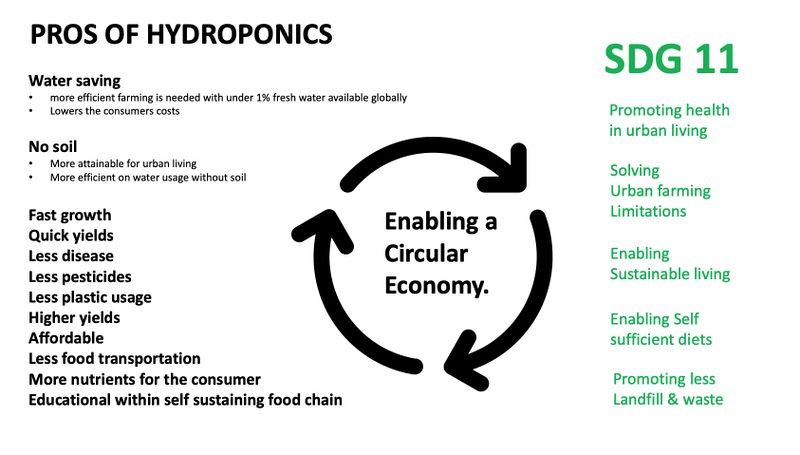
 Français
Français English
English Deutsch
Deutsch Español
Español Italiano
Italiano Português
Português